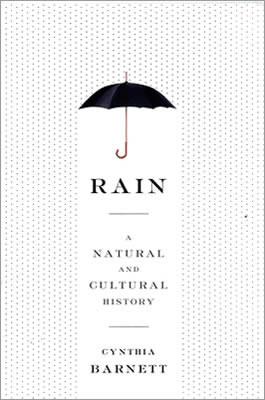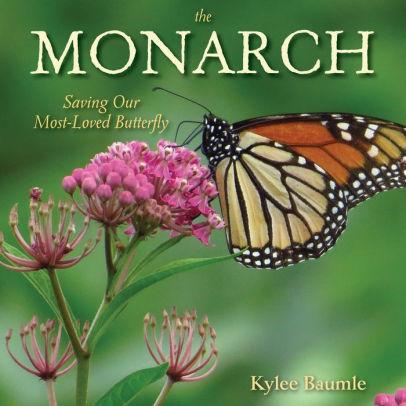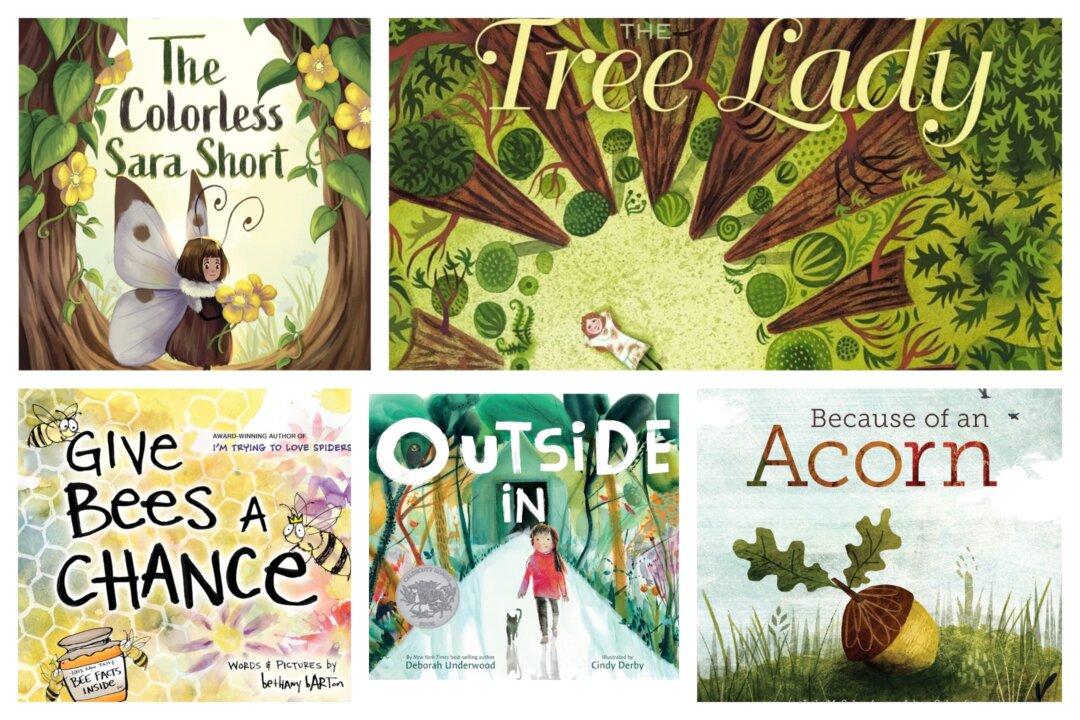It’s widely believed that regular contact with nature enhances our lives and is something that all people can enjoy. John Burroughs said, “I am in love with this world . . . I have climbed its mountains, roamed its forests, sailed its waters, crossed its deserts, felt the sting of its frosts, the oppression of its heats, the drench of its rains, the fury of its winds, and always have beauty and joy waited upon my goings and comings.”
Perhaps the following books can inspire us to take a closer look.
‘Rain: A Natural and Cultural History’ by Cynthia Barnett

Crown





